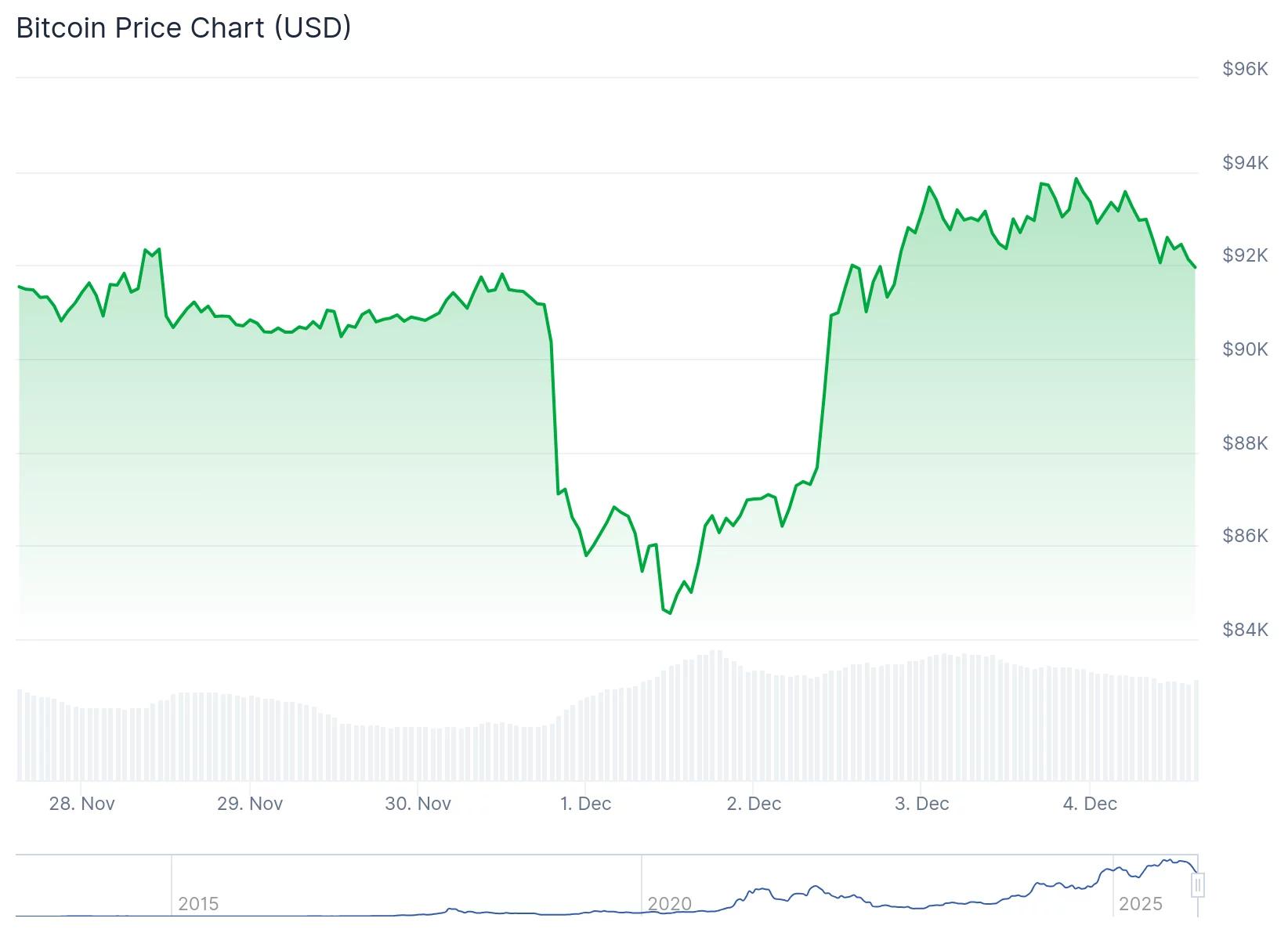Crypto Bounces Like a Bouncy Ball, But Will It Keep Up the Energy?

Meanwhile, in the world of reality, the U.S. government decided to rejoin the action on November 13th after a 43-day break. During this time, the market was missing some key pieces of information-like that one puzzle piece that’s always gone missing in your life. Of course, reports started trickling out once the government decided it was done with its little vacation.







